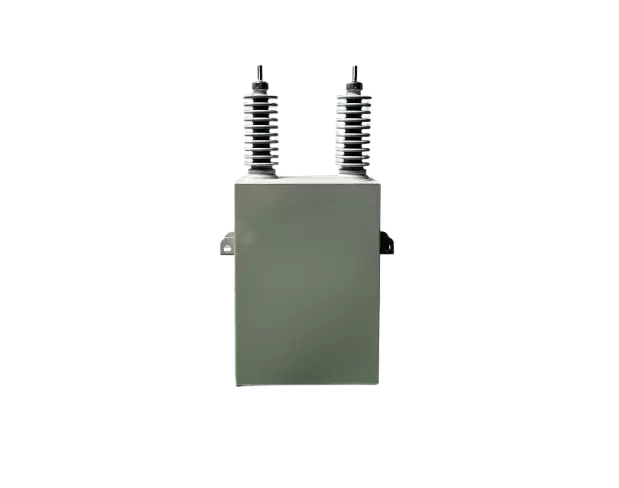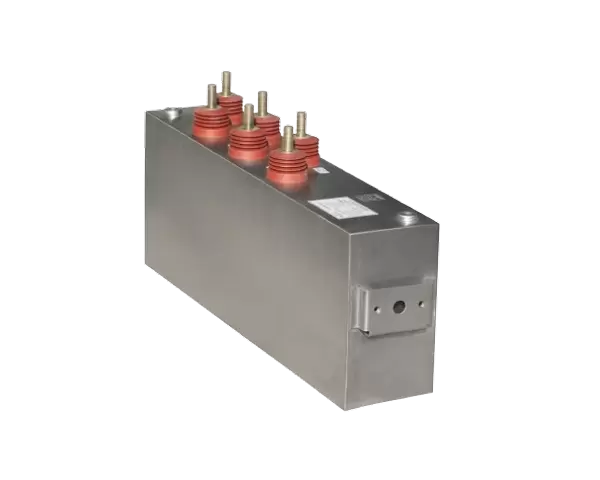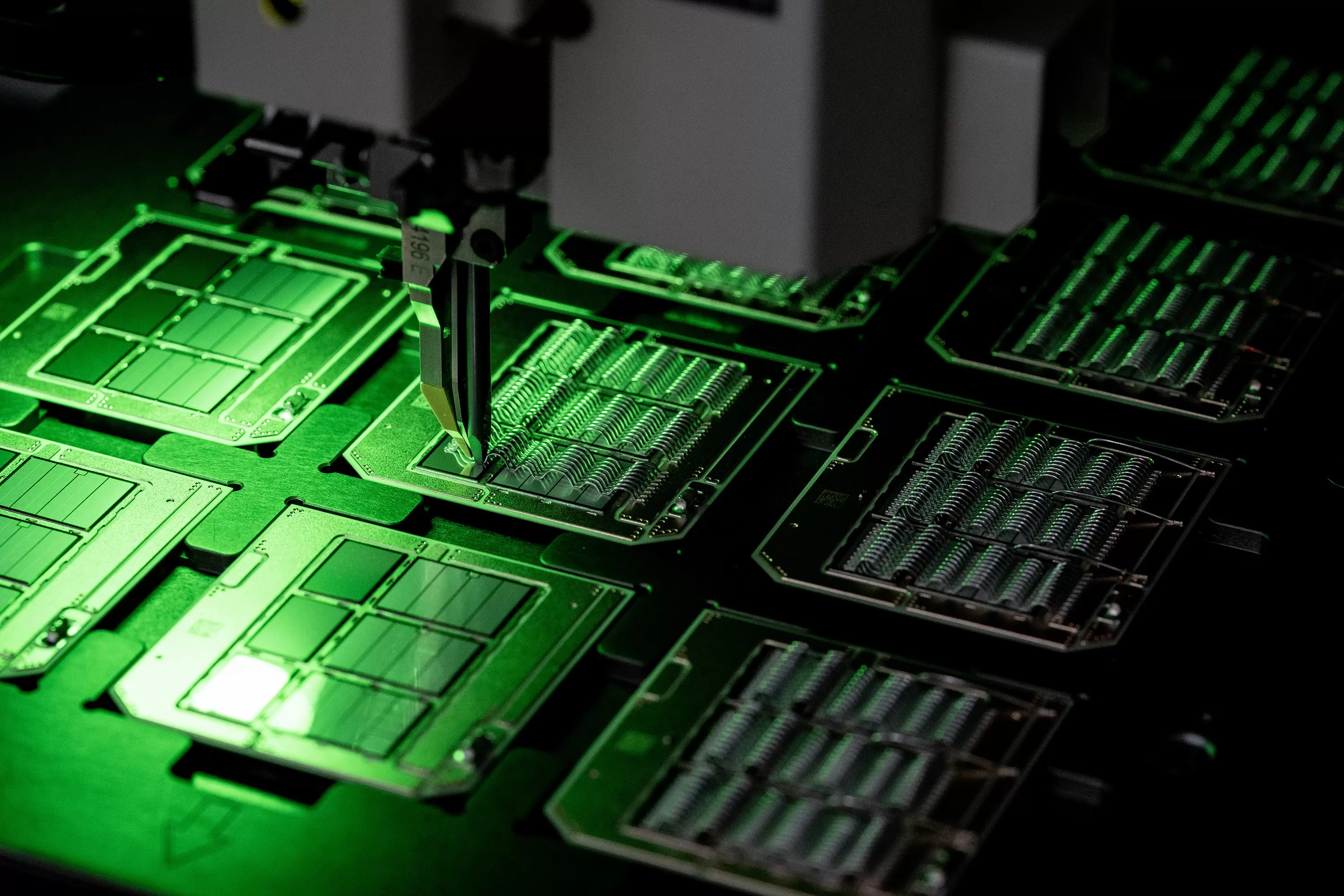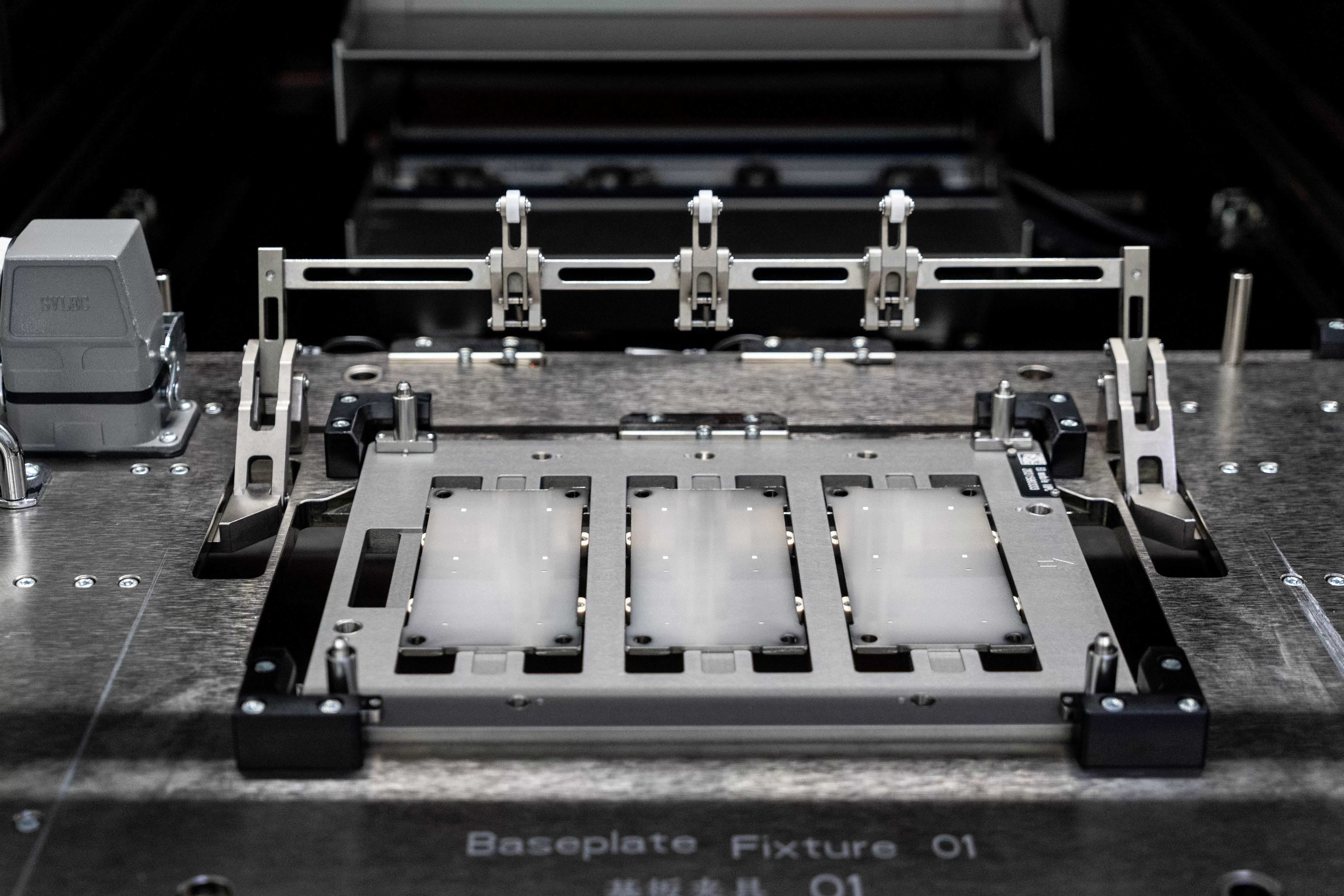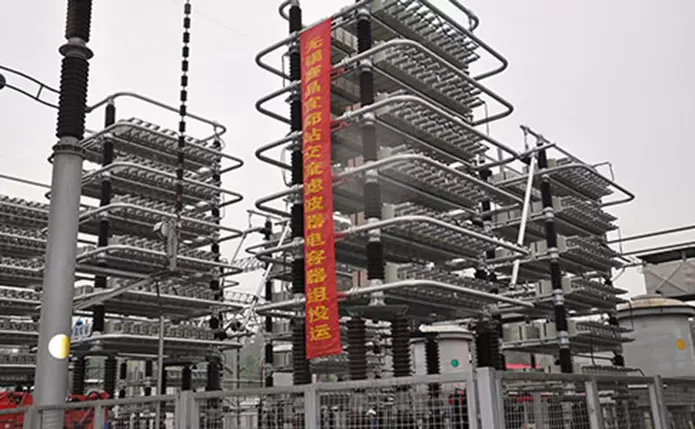Learn more
Reducing Heat and Energy Loss in EV Powertrains with Laminated Bus Bar Technology
Date: 2025-11-10
Electric vehicles (EVs) are at the forefront of sustainable transportation, but the efficiency of their powertrains remains a critical factor in overall performance and energy consumption. One of the most impactful advancements in this area is the adoption of laminated bus bar (LBB) technology, which significantly reduces heat generation and energy loss while enhancing reliability and compactness of the EV power system. Sun.King Technology, a leading supplier of power electronics and system integration solutions, provides advanced laminated bus bars tailored for EV powertrains, supporting efficiency, thermal management, and high-voltage performance.
The Role of Laminated Bus Bars in EV Powertrain Efficiency
Laminated bus bars are engineered assemblies of metal layers insulated by thin dielectric sheets, enabling superior current distribution with minimized resistance and inductance. In EV powertrains, LBBs connect key components such as inverters, battery packs, and electric motors, providing a reliable pathway for high currents while mitigating thermal and electrical losses.
Heat Reduction and Thermal Management
High current density in conventional bus bars leads to resistive heating, which not only wastes energy but also poses reliability risks to sensitive components. Laminated bus bars offer multiple advantages:
Reduced Resistance: By stacking multiple layers of conductive metals, LBBs reduce effective electrical resistance, minimizing heat generation during high-load operations.
Even Current Distribution: Layered construction ensures uniform current flow, preventing hotspots and localized overheating.
Enhanced Cooling Integration: Laminated structures are compatible with advanced thermal management solutions, including liquid cooling plates and thermally conductive insulation materials, further improving system reliability.
For EV manufacturers, these benefits translate directly to longer driving range, reduced cooling requirements, and increased system lifespan.
Energy Loss Minimization Through Advanced Electrical Design
Energy efficiency is a cornerstone of EV performance. Laminated bus bars contribute significantly by addressing two critical areas:
Inductive Loss Reduction: The close proximity of opposing current-carrying layers minimizes loop area, reducing parasitic inductance and associated switching losses in high-frequency inverter circuits.
Voltage Drop Mitigation: Uniform conductivity reduces voltage drop across connections, ensuring maximum power transfer from battery to motor, which is especially critical during acceleration and regenerative braking phases.
Sun.King’s LBB solutions integrate optimized metal thickness, dielectric selection, and lamination patterns to achieve precise electrical characteristics tailored to specific EV powertrain architectures.

B2B Value for EV Manufacturers and System Integrators
For OEMs, Tier-1 suppliers, and system integrators, laminated bus bars offer multiple procurement advantages:
Customization and Scalability: Sun.King provides fully customized LBB solutions for a wide range of EV models, supporting different voltage levels (e.g., 400V, 800V) and current ratings.
Quality Assurance: All products undergo rigorous automated testing for resistance, insulation strength, and thermal performance, certified under ISO9001 standards.
Integration Efficiency: Pre-assembled and factory-tested LBBs simplify installation, reduce assembly time, and enhance overall production efficiency.
Global Supply Network: With R&D and manufacturing hubs in China, Europe, and other regions, Sun.King ensures timely delivery for international EV production lines.
Key Technical Considerations for Optimal LBB Performance
When integrating laminated bus bars into EV powertrains, several technical aspects must be optimized:
Material Selection
Copper vs. Aluminum Layers: Copper offers lower resistivity and superior thermal conductivity, while aluminum reduces weight. Sun.King designs hybrid solutions balancing conductivity, weight, and cost.
Dielectric Materials: High-temperature and flame-retardant insulation layers ensure reliability under continuous high-current operation.
Lamination Patterns
Parallel Layer Design: Ensures current sharing and reduces hotspots.
Interleaved Layers: Minimizes parasitic inductance for high-frequency switching circuits.
Bus Bar Thickness Optimization: Customized to handle peak currents without excess heating or mechanical stress.
Connection and Assembly
Welding and Joining Techniques: High-quality welding minimizes joint resistance and mechanical failure risk.
Integrated Cooling Interfaces: Laminated bus bars can be combined with liquid cooling plates or heat sinks for enhanced thermal management.
Testing and Quality Control
Sun.King employs state-of-the-art automated testing lines to measure:
Voltage drop across bus bar assemblies
Thermal rise under rated current
Insulation resistance and dielectric strength
Mechanical stress resistance and vibration tolerance
This ensures long-term reliability and adherence to EV industry standards.
FAQ: Laminated Bus Bars in EV Powertrains
Q1: How much energy savings can LBBs provide in EV applications?
A: Laminated bus bars can reduce resistive and inductive losses by 20–40% compared to conventional bus bars, significantly improving overall powertrain efficiency.
Q2: Are LBBs compatible with high-voltage EV systems?
A: Yes. Sun.King LBBs are designed for 400V–1000V systems, supporting next-generation EV architectures.
Q3: How do laminated bus bars improve thermal management?
A: By reducing resistance and evenly distributing current, LBBs minimize heat generation. Coupled with thermally conductive insulation or cooling plates, they prevent localized overheating and enhance component lifespan.
Q4: What maintenance is required for LBB-equipped powertrains?
A: Laminated bus bars are maintenance-free in operation. Regular inspection focuses on connectors and insulation integrity rather than the bus bar itself.
Q5: Can LBBs be used in hybrid and plug-in hybrid EVs?
A: Absolutely. LBB technology is adaptable to a wide range of powertrain configurations, including battery-electric, hybrid, and fuel cell vehicles.
Advantages of Sun.King Laminated Bus Bars
Sun.King leverages extensive R&D capabilities and global manufacturing experience to deliver:
High Performance: Reduced heat and energy loss, improved current distribution.
Reliability: ISO-certified manufacturing with rigorous testing protocols.
Custom Integration: Tailored for EV system voltage, current, and mechanical requirements.
Global Support: Worldwide delivery and technical assistance for OEMs and system integrators.
By integrating laminated bus bars, EV manufacturers achieve higher energy efficiency, longer battery range, reduced cooling system complexity, and improved overall powertrain reliability.
Conclusion
Reducing heat and energy loss in EV powertrains is critical for enhancing performance, extending battery life, and lowering operational costs. Laminated bus bar technology offers a highly effective solution by combining low resistance, reduced inductance, and superior thermal management in compact, reliable assemblies.
Sun.King Technology provides cutting-edge LBB solutions with customized designs, high-quality materials, and global support, enabling EV manufacturers, Tier-1 suppliers, and system integrators to optimize powertrain efficiency and reliability. Investing in laminated bus bars not only improves energy performance but also enhances the competitiveness of electric vehicles in the rapidly evolving global market.


